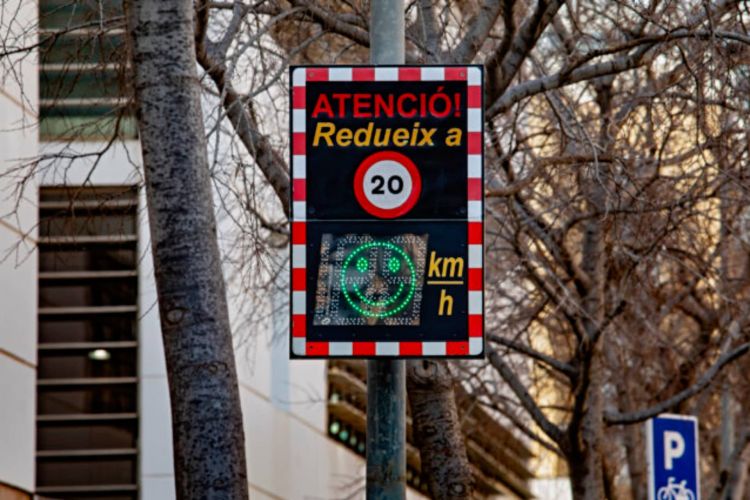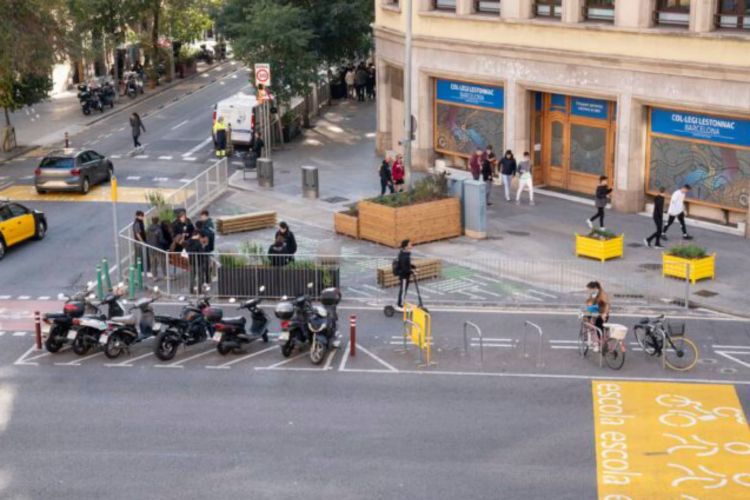Improve and increase road safety, in addition to reducing accidents. This is the double objective that they intend to achieve and to achieve it, they have opted for the classic formula of controlling the speed of vehicles. This Monday, Barcelona officially welcomes 17 new point radars: what are they like and how are they fined?
Although it may not seem like it, Spanish drivers are more than used to point radars: it is the concept that It is used to encompass, under the same umbrella, fixed and mobile devices. With this denomination, reference is made to the main difference with the section ones: the fixed and mobile ones are located in a single point and the section ones carry out measurements, at least, in a couple of points.
To this we must add that the fixed cinemometers (which do not require an operator and are installed both on the sides and in the gantries of the track) and mobile (controlled by an agent and located on tripods, cars, motorcycles, Pegasus and drones) allow capture and record instantaneous speed of the vehicles. The section ones, for their part, measure the average speed by constantly taking images, placing a couple of reading equipment in two places on the same road.
Barcelona launches 17 new point radars
Those in Barcelona are fixed-point radars that will begin to fine effectively this Monday after a grace period of just over four months. From September to October they only reported the speed at which each vehicle was traveling: from then until now, too, sent a letter to offenders to inform them that they should have received a fine and inform them of the obligation to circulate respecting the established limits.
During the next two weeks, in the areas close to the radars, there will be informers both in the underground car parks and on the surface to remind drivers that the sanctioning phase is already underway. Of the 17 new radars, five (50 km/h) are located in locations considered to be at risk and the remaining twelve have been spread over different school environments (30 km/h).
More than a thousand fines a day
Some days ago, The country revealed what the sanctioning rate in Barcelona has been since 2019: in the last four years, the annual average of the radars distributed throughout the Ciudad Condal is 386,000 fines. Or what is the same: 1,060 every day.
The most striking thing is that the most prolific year was 2020, marked by mobility limitations derived from the coronavirus pandemic. So, 579,448 fines were issued (1,587 per day) because, according to the authorities, the confinement reduced traffic congestion and increased the speed of circulation in Barcelona.


